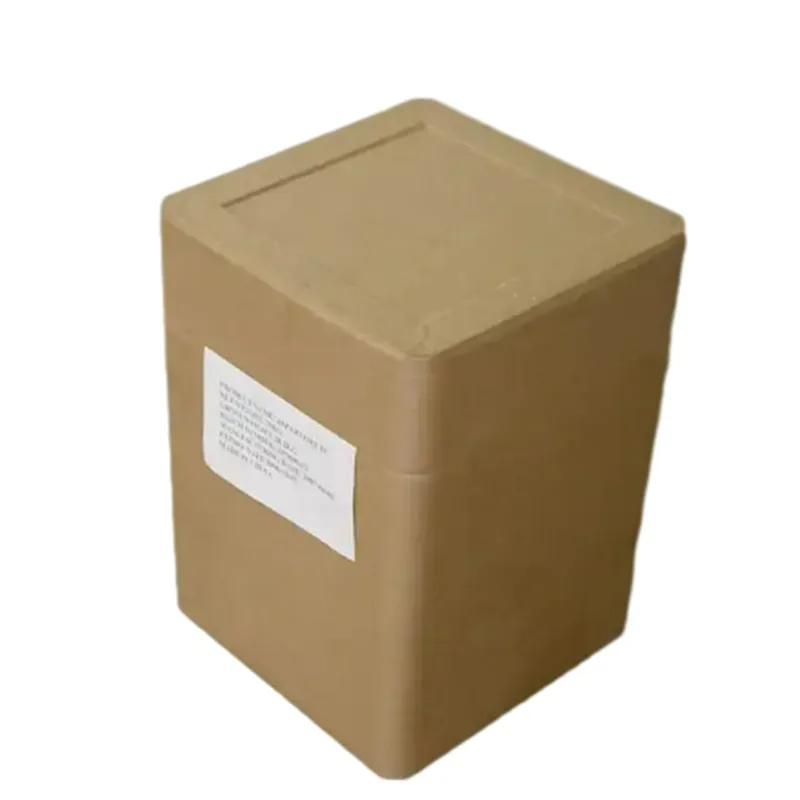
gelling agent in food
The Role of Gelling Agents in Food Enhancing Texture and Stability
Gelling agents play a crucial role in the food industry, serving to enhance texture, stability, and sensory properties of various food products. These substances are used to create gels—the semi-solid structures that can hold their shape while providing a smooth mouthfeel. Found in a wide array of products from jellies to sauces, gelling agents are essential in both commercial food production and home cooking. This article explores the different types of gelling agents, their functions, and their applications in food science.
Types of Gelling Agents
Gelling agents can be classified into natural and synthetic categories. Natural gelling agents include gelatin, pectin, agar-agar, carrageenan, and gellan, while synthetic agents include modified starches and synthetic gelatin-like substances.
1. Gelatin Derived from collagen, gelatin is a popular gelling agent in desserts like marshmallows, gummy candies, and gelatin desserts. It requires heating to dissolve and sets as it cools, providing a firm yet elastic texture. It is widely used in both commercial products and home recipes.
2. Pectin Pectin is a natural carbohydrate found in the cell walls of fruits. It is primarily used in jams and jellies, where it interacts with sugar and acid to create a gel-like consistency. The ability to form gels varies among different types of pectin, making it essential for producers to choose the right kind for their specific fruit and recipe.
3. Agar-Agar Extracted from red algae, agar-agar is a vegan alternative to gelatin. It sets at room temperature and remains stable across a wide range of temperatures, making it popular for use in desserts and as a thickening agent in soups and sauces.
4. Carrageenan Another seaweed-derived agent, carrageenan is commonly used in dairy products, like chocolate milk and yogurt, to stabilize emulsions and enhance texture. It works well as a thickener and can create a gel-like structure, making it valuable in various food applications.
gelling agent in food

5. Gellan This gelling agent is ferments from the bacterium Sphingomonas elodea. It has a unique ability to form strong gels at low concentrations, and it can be used to create clear, stable gels that withstand higher temperatures.
Applications of Gelling Agents in Food
The applications of gelling agents are vast and varied. In the realm of desserts, gelling agents provide the quintessential texture that defines many popular treats. Jams, jellies, and fruit preserves rely on gelling agents like pectin to achieve their characteristic consistency, while desserts like panna cotta and mousse often utilize gelatin or agar-agar for their creamy, smooth textures.
Beyond sweets, gelling agents also play an essential role in savory foods. They can stabilize sauces, ensure the homogeneous distribution of ingredients, and even create meat analogues in vegetarian and vegan products. For example, gellan can be found in plant-based meats, giving them a meaty texture and improving mouthfeel.
The Importance of Gelling Agents
Gelling agents are integral not only for texture but also for the overall sensory experience of food. They impact how food feels in the mouth, how it behaves during cooking, and how it preserves quality over time. The right gelling agent can greatly enhance the quality of food products, making them more appealing and enjoyable for consumers.
In summary, gelling agents are essential ingredients in the food industry, affecting texture, stability, and overall quality. With an understanding of the various types of gelling agents and their applications, food scientists and home cooks alike can create a diverse range of delicious, stable, and enjoyable food products. Their versatility and functionality will continue to evolve as the food industry seeks innovative solutions to meet the changing tastes and dietary needs of consumers.
-
Why Glacial Acetic Acid Food Grade Is Essential in FlavorNewsMay.26,2025
-
Surging Export Growth of Food Additives in ChinaNewsMay.26,2025
-
How Ammonium Nitrate Fertilizer Boosts Crop YieldsNewsMay.26,2025
-
How 1,2,3-Benzotriazole Shields Plastics from UV DegradationNewsMay.26,2025
-
Cyanide in Gold Mining: Protecting People and the PlanetNewsMay.26,2025
-
Aluminum Hydroxide in Modern Sunscreen FormulationsNewsMay.26,2025
-
Understanding Synthetic Rubber OptionsNewsApr.27,2025
Hebei Tenger Chemical Technology Co., Ltd. focuses on the chemical industry and is committed to the export service of chemical raw materials.
-

view more DiethanolisopropanolamineIn the ever-growing field of chemical solutions, diethanolisopropanolamine (DEIPA) stands out as a versatile and important compound. Due to its unique chemical structure and properties, DEIPA is of interest to various industries including construction, personal care, and agriculture. -

view more TriisopropanolamineTriisopropanolamine (TIPA) alkanol amine substance, is a kind of alcohol amine compound with amino and alcohol hydroxyl, and because of its molecules contains both amino and hydroxyl. -

view more Tetramethyl Thiuram DisulfideTetramethyl thiuram disulfide, also known as TMTD, is a white to light-yellow powder with a distinct sulfur-like odor. It is soluble in organic solvents such as benzene, acetone, and ethyl acetate, making it highly versatile for use in different formulations. TMTD is known for its excellent vulcanization acceleration properties, which makes it a key ingredient in the production of rubber products. Additionally, it acts as an effective fungicide and bactericide, making it valuable in agricultural applications. Its high purity and stability ensure consistent performance, making it a preferred choice for manufacturers across various industries.











